Weeds and Water
When a spring that started off cold and dry turns warm and wet it becomes challenging to stay ahead of weed infestations. The appearance of glyphosate resistance in our area has necessitated more aggressive weed management. Using preplant and post residuals, getting 2,4-D back into our no-till burndowns, tank-mixing products for multiple modes of action, targeting sprays on smaller weeds and using higher rates of glyphosate are all examples of “more aggressive weed management.” The presence of resistant weeds means we can’t just “clean up a mess” like we could a few years ago with a spray of glyphosate. [...]
Yellow Soybeans
Stunted, yellow areas in my soybeans: disease, nutrient deficiency or just too much water? Depending on your circumstances it could be one or all the above. By far the most likely culprit is the excessive amounts of moisture we’ve received lately. Yellowing in a plant is often nutrient-related but the reason for the shortage in the plant is often not a lack of nutrient in the soil. More often it is related to some soil property or root issue that is interfering with nutrient uptake OR a physiological problem that is affecting protein synthesis and nutrient utilization in the [...]
Agronomy: Planting Progress in West Central Illinois
I live and farm out in West Central Illinois and the spring got off to a good start for both corn and soybeans. Soybean planting in our area first started in late April with a few early birds going to the field even before that to plant soybeans. I know of a field in Fulton County near my farm that was planted in mid April and was in the ground through all the cold weather we had. It took 3 weeks for that field to emerge, but today that field looks to have a very good stand. If you [...]
Agronomy: No-till Soybeans into Heavy Corn Residue… Too Much of a Good Thing?
No-till soybeans have been very successful and popular for many years across Illinois. In recent years many no-tillers have converted to a modified no-till system with some type of vertical tillage tool. There are numerous tools on the market; some are truly vertical while some are vertical in name only but actually turn the soil. They all size residue, do some shallow incorporation and leave a very smooth, uniform seedbed that tends to dry out faster in the spring. In addition it looks pretty and is usually very nice to plant into. Historically I have not been a promoter [...]
Agronomy: Meet Your Soy Envoy: Lance Tarochione
As a professional agronomist, farmer and long time CCA in Illinois I was honored when I was approached to be one of the Soy Envoys. I began my career with Monsanto in 1993 and got involved in some of the early field trials being conducted on Roundup Ready® soybeans. Soybeans have been an important part of my career ever since. In my current role as a Technical Agronomist supporting the ASGROW and DEKALB seed brands in west central Illinois, helping growers be more successful with soybeans is important. I have always felt soybeans had untapped potential and suffered due [...]
Agronomy: Your Beans Expect More
If you expect more from your soybeans… maybe they are expecting more from you? If you can’t answer “yes” to all these questions, fertility management could be holding back your soybean yields. Do you soil test at least every 4 years? Is your % base saturation for potassium 3% or greater? Are you tissue sampling for micronutrient deficiencies and hidden hunger? Are you maintaining a soil pH in the mid 6’s? Do you apply P & K every year on your beans or just once every two years before corn? Do you apply any sulfur? Are you applying enough [...]

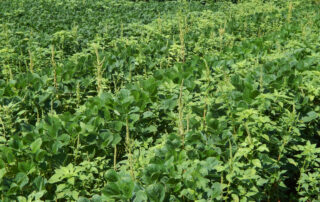
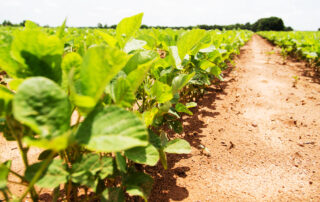
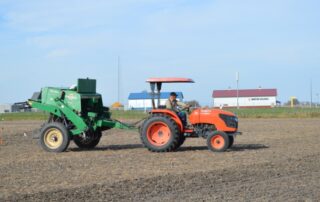
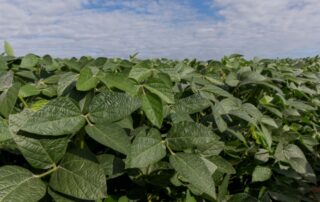
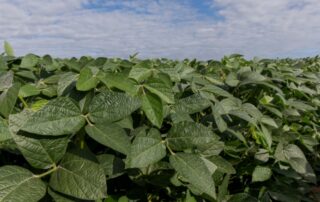
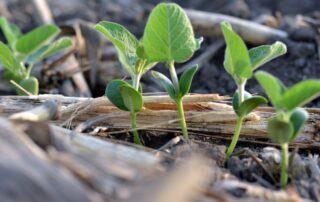

 and then
and then